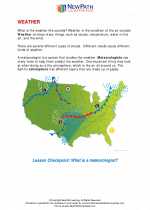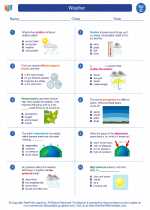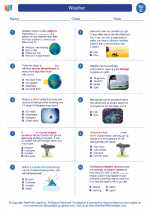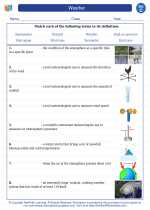Structure of the Nervous System
The nervous system is divided into two main parts: the central nervous system (CNS) and the peripheral nervous system (PNS).Central Nervous System (CNS)
- The CNS consists of the brain and the spinal cord. - The brain is the control center of the nervous system and is responsible for processing information and coordinating the body's activities. - The spinal cord is a long, thin, tubular bundle of nervous tissue that extends from the brain and is enclosed in the vertebral column. It serves as a pathway for nerve impulses to travel to and from the brain.Peripheral Nervous System (PNS)
- The PNS consists of all the nerves outside of the CNS. - It is further divided into the somatic nervous system and the autonomic nervous system. - The somatic nervous system controls voluntary movements and transmits sensory information to the CNS. - The autonomic nervous system regulates involuntary bodily functions, such as heart rate, digestion, and breathing.Function of the Nervous System
The nervous system performs several important functions, including: - Sensory input: Gathering information from sensory receptors that detect changes inside and outside the body. - Integration: Processing and interpreting the sensory input to make decisions. - Motor output: Responding to the integrated stimuli by activating muscles or glands.Neurons and Nerves
- Neurons are the basic building blocks of the nervous system. They are specialized cells that transmit information through electrical and chemical signals. - Nerves are bundles of nerve fibers (axons) that transmit signals between the central nervous system and the rest of the body.Study Tips
.◂Science Worksheets and Study Guides Third Grade. Weather
Study Guide Weather
Weather  Worksheet/Answer key
Worksheet/Answer key Weather
Weather  Worksheet/Answer key
Worksheet/Answer key Weather
Weather  Worksheet/Answer key
Worksheet/Answer key Weather
Weather  Vocabulary/Answer key
Vocabulary/Answer key Weather
Weather  Vocabulary/Answer key
Vocabulary/Answer key Weather
Weather 

 Worksheet/Answer key
Worksheet/Answer key
 Worksheet/Answer key
Worksheet/Answer key
 Worksheet/Answer key
Worksheet/Answer key
 Vocabulary/Answer key
Vocabulary/Answer key
 Vocabulary/Answer key
Vocabulary/Answer key

The resources above cover the following skills:
EARTH AND SPACE SCIENCE (NGSS)
Earth’s Systems
Students who demonstrate understanding can:
Represent data in tables and graphical displays to describe typical weather conditions expected during a particular season.